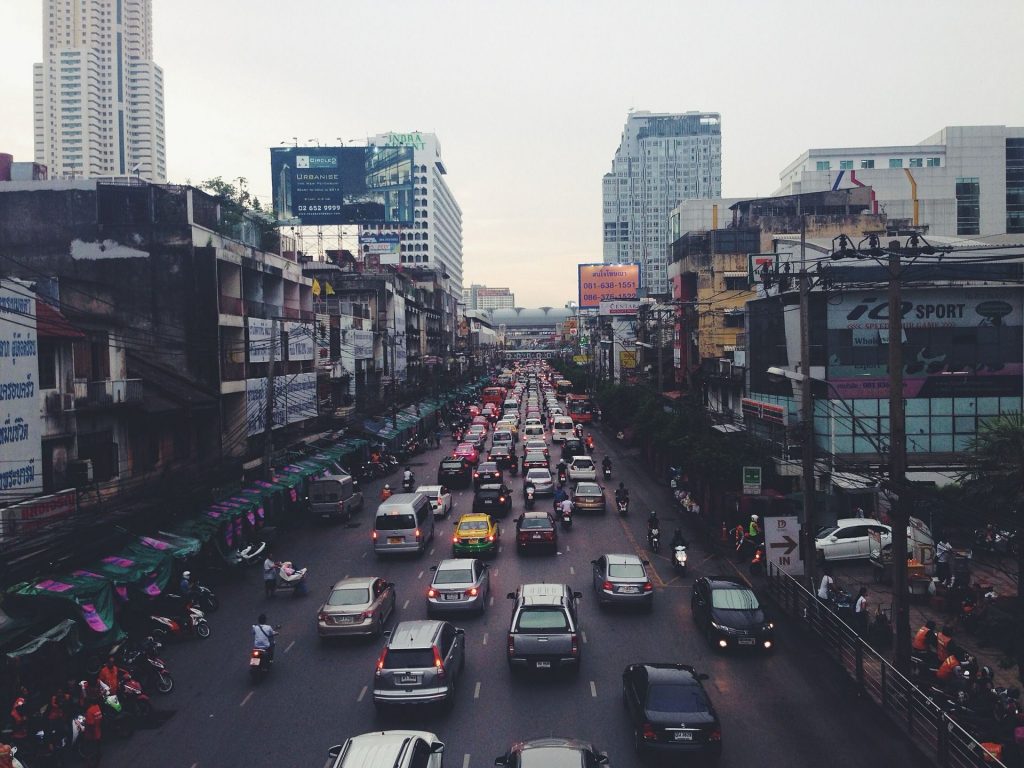
This article reviews the potential role and impact of nine commonly considered options when transitioning to sustainable urban transport in small to medium cities of developing countries. It does so to highlight the necessity in targeting these types of cities to promulgate sustainability. Their unique characteristics afford them high potential for transformation. I.e. megacities are flexible with respect to their urban expansion and how they can adopt “green” travel modes and environmental protections. However, they also face unique challenges such as having fewer resources to implement new transport measures and can be more vulnerable to fluctuations in the world economy.
This source makes for an interesting additional read as it complements the latest additions of the EU SUMP 2.0 guidelines which have incorporated the uptake of new transport technologies in mobility systems. Likewise, developing countries are, according to this paper, well suited to implement disruptive and more sustainable transport systems by tailoring and promoting the following 9 options for their local contexts: (1) road infrastructure; (2) rail-based public transport; (3) road-based public transport; (4) support for non-motorized travel modes; (5) technological solutions; (6) awareness-raising campaigns; (7) pricing mechanisms; (8) vehicle access restrictions; and (9) control of land-uses.
Name of the Document: Sustainable Urban Transport in the Developing World: Beyond Megacities
Author: Dorina Pojani, Dominic Stead
Year: 2015
Number of Pages: 21
Language: English
Download here
You are currently viewing a placeholder content from X. To access the actual content, click the button below. Please note that doing so will share data with third-party providers.
More Information